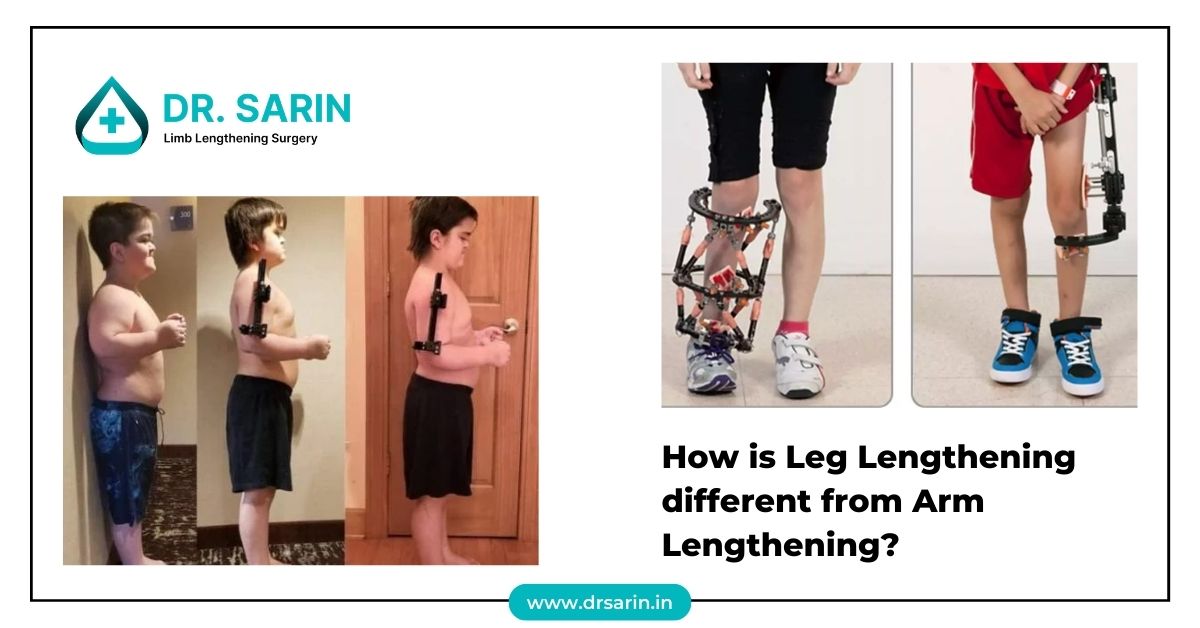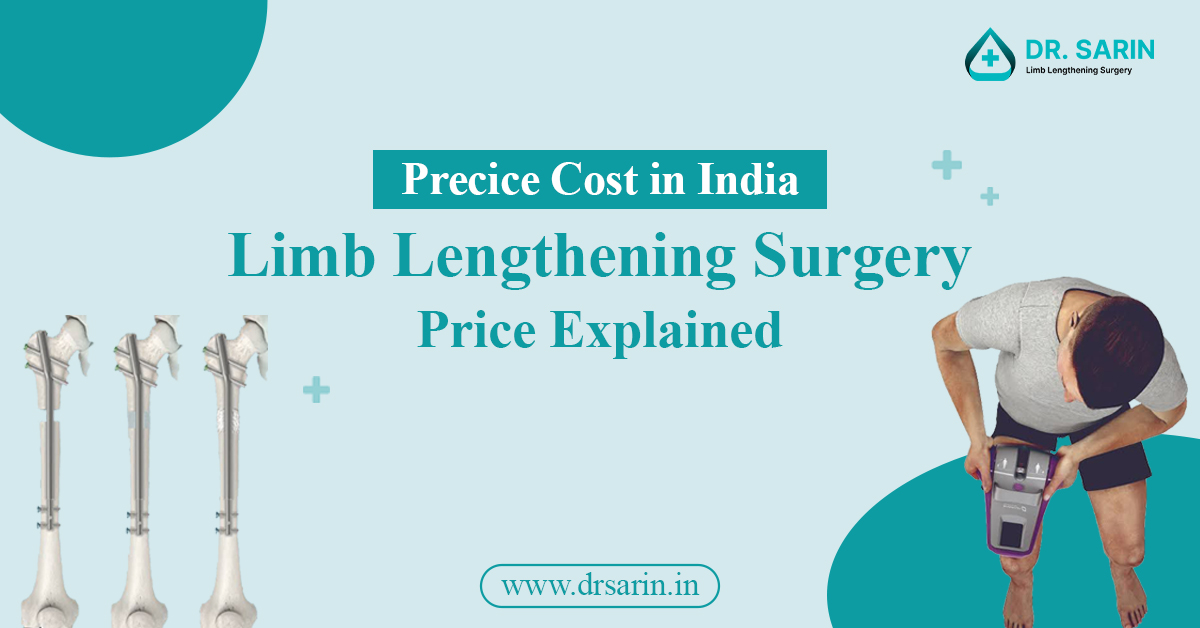Leg lengthening and arm lengthening are both complex medical procedures aimed at increasing the length of limbs. However, they differ significantly in terms of techniques, applications, recovery, and outcomes. Below, we delve into the distinctions between these two types of surgeries.
Techniques and Procedures
Leg lengthening is primarily performed using methods such as the Ilizarov technique or the Precise nail system. These involve the surgical breaking of the bone (typically the femur or tibia) and the gradual separation of the bone segments, allowing new bone to form in the gap. This process is often performed to correct discrepancies in leg length or for cosmetic height enhancement.
Arm lengthening, on the other hand, is far less common and usually reserved for correcting significant congenital anomalies or after severe trauma. The techniques used can be similar, involving the cutting of the humerus or forearm bones and slowly extending them. However, due to the complex structure of the arm and its essential functions, this surgery is considered more delicate and less prevalent.
Applications and Reasons for Surgery
The reasons behind leg and arm lengthening surgeries also differ significantly. Leg lengthening is often sought by individuals looking to increase their height for cosmetic reasons or to correct leg length discrepancies that result from congenital disabilities, disease, or injury. These discrepancies can lead to posture issues, pain, and reduced mobility.
In contrast, arm lengthening is typically undertaken for more severe medical conditions such as significant asymmetry due to congenital disabilities, growth disturbances, or reconstructive needs following trauma. It is rarely performed for cosmetic reasons.
Recovery and Rehabilitation
The recovery process for leg lengthening can be lengthy and painful, often taking several months. Patients need to undergo rigorous physiotherapy to maintain muscle strength and flexibility while the bones are lengthening and healing. The process requires patience and dedication, as improper care can lead to complications such as bone infection or misalignment.
Arm lengthening recovery, while also challenging, involves a different set of challenges, including maintaining the complex range of motion needed in the arm and hand. Rehabilitation focuses on restoring function and strength while ensuring the lengthened limb heals correctly.
Risks and Outcomes
Both procedures come with risks such as infection, nerve damage, and the possibility of further surgery. However, the outcomes can be life-changing. Leg lengthening can result in increased height and improved balance, gait, and overall physical appearance. Arm lengthening can significantly improve the functional use of the arm and hand, but it is often more focused on achieving symmetry and functionality rather than length alone.
While both leg and arm lengthening surgeries aim to improve patients’ lives by enhancing the length and function of their limbs, they differ in terms of their applications, techniques, recovery processes, and typical outcomes. These differences highlight the specialized nature of each procedure and the importance of a tailored approach to patient care.
Also Read:
- What types of devices are used for limb lengthening?
- Internal Lengthening Device for Limb Lengthening Surgery
- Consultation, Travel Arrangements, and Preparatory Guidelines for Limb Lengthening Surgery
- Selecting the Ideal Limb Lengthening Approach: Comparing Femur and Tibia Lengthening
- Guide to the Initial 10 Days Following Leg Lengthening Surgery



